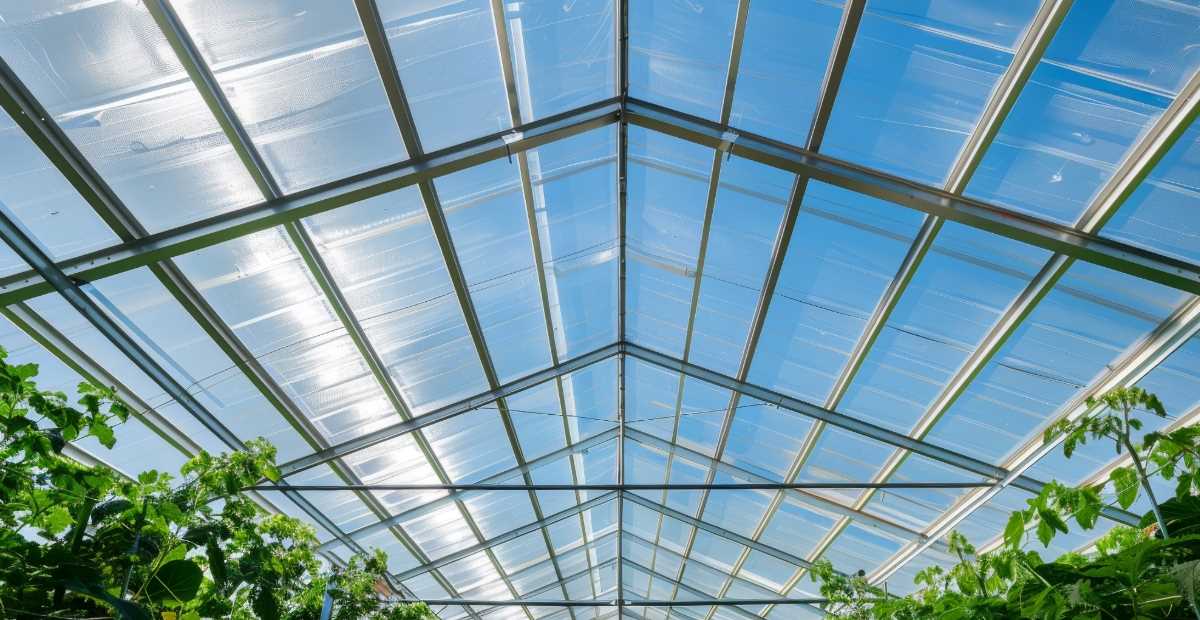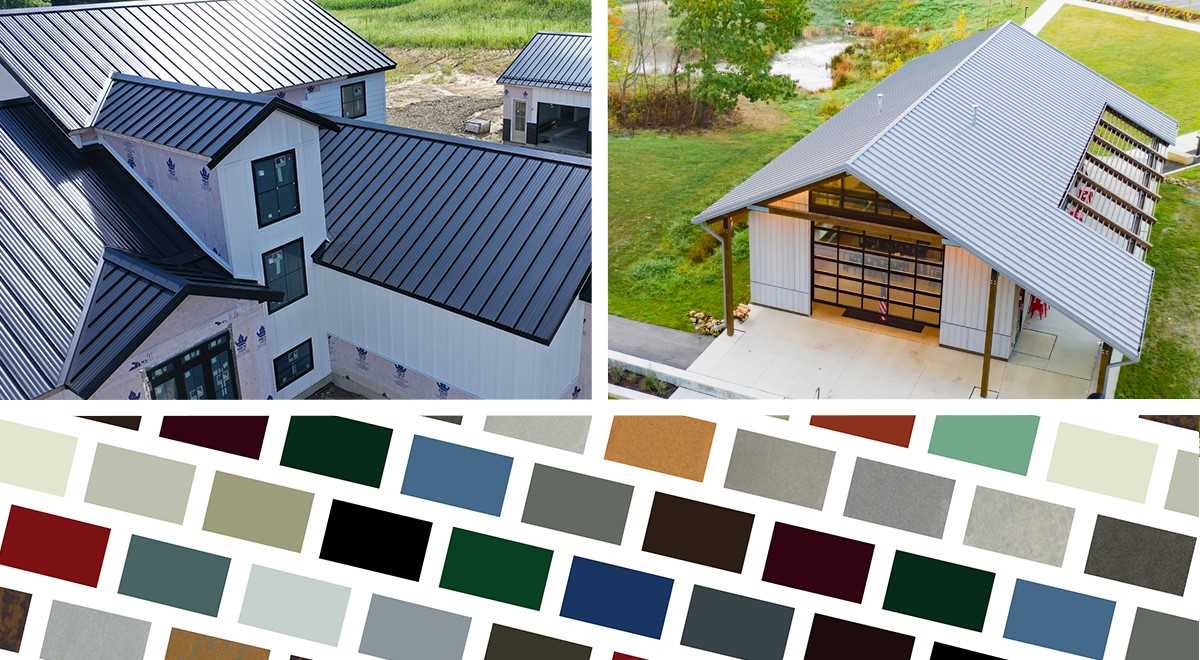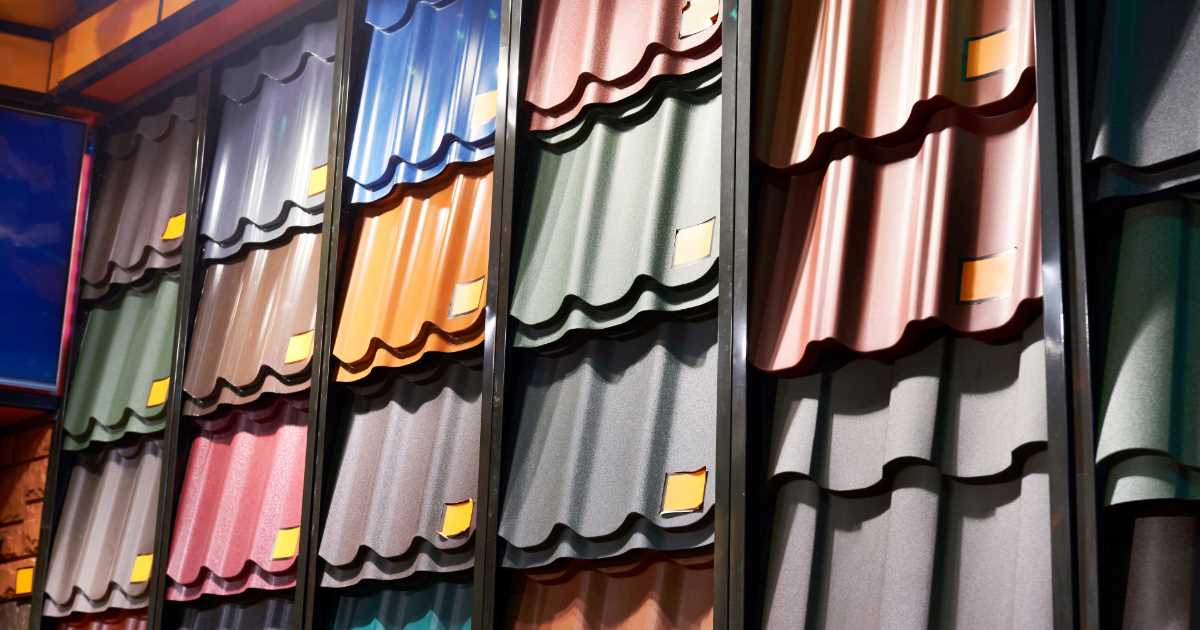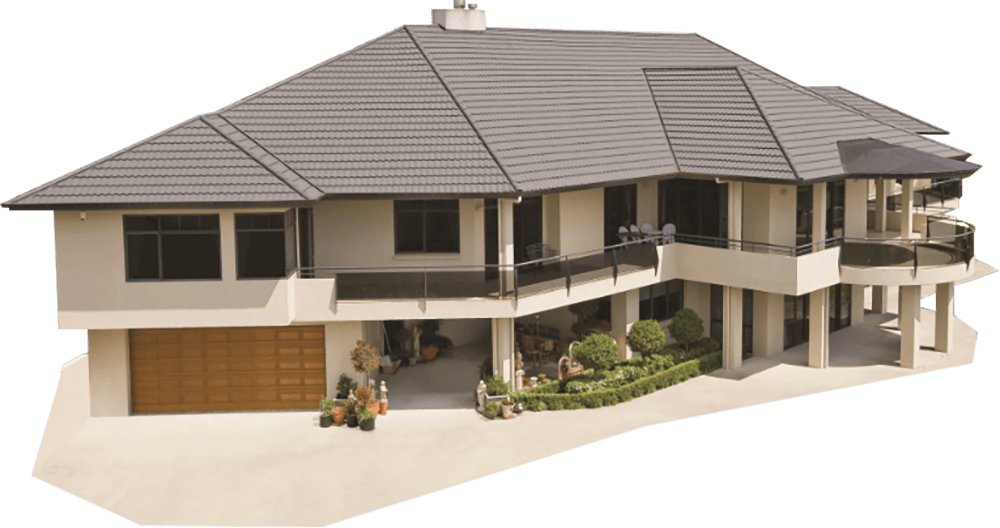Last updated on March 28th, 2024 at 01:34 pm
Choosing the Best Commercial Roofing Materials
The roof of your commercial building is a critical part of the structure and can be damaged by many different factors. When choosing the best commercial roofing materials for your roof, consider these three important factors: Durability, Energy Efficiency, and Appearance. Traditional BUR (built-up roofing) uses multiple layers of fabric known as piles and tar to develop a waterproof membrane. It has a low maintenance cost and is durable in any climate.
Table of Contents
Cost
Commercial roofing contractors specialize in installing, repairing, and maintaining roofs on commercial buildings. They keep up with the latest innovations in the industry and are knowledgeable about all types of commercial roofing. They will help you choose the best option based on your building’s structure and climate conditions.
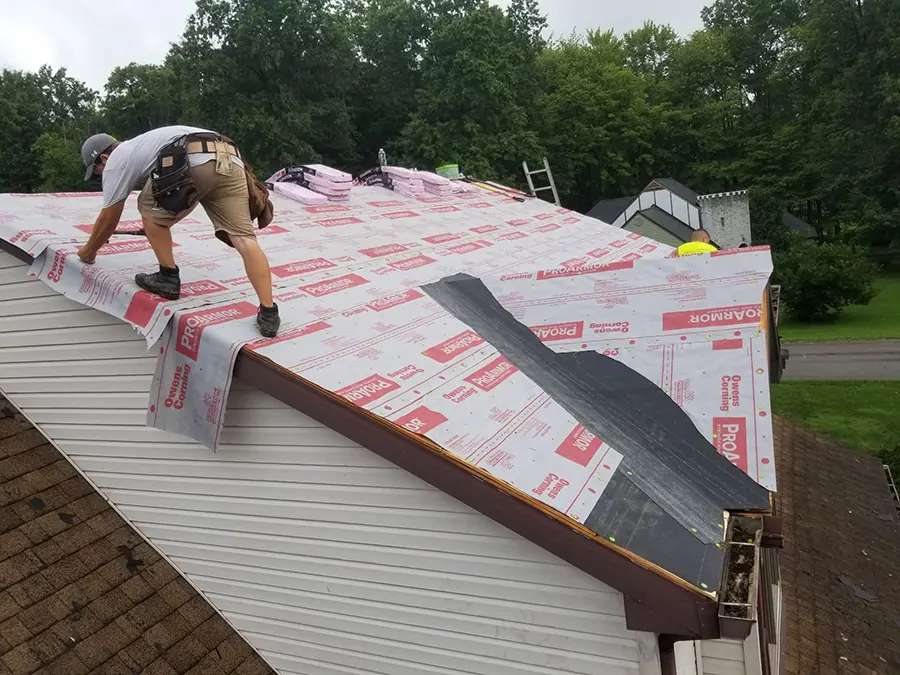
Unlike residential roofs, commercial buildings typically have flat or low-sloped roofs. Some of the most popular types of roofing include single-ply membranes, tar and gravel, and built-up roofs (BUR).
BUR is a traditional tar and gravel roof that has been used on American facilities for more than 120 years. It is a durable, cost-effective roofing system that is very versatile. It is made up of multiple layers of fabric or “piles” that are alternated with tar and an aggregate to develop a waterproof roof. BUR is easy to repair and has good resistance to adverse weather conditions. Its downside is that it is prone to mold growth and requires regular maintenance.
Durability
Durability is a huge consideration for commercial property owners, and the type of roof chosen will have a direct impact on how long it will last. There are a variety of options for commercial roofing, ranging from single-ply TPO to built-up roofs and more.
Metal roofs are some of the most durable types available, offering lifespans up to 50 years and more. They are also sustainable, fire resistant and offer a finished look that appeals to many customers.
Another option for flat commercial roofing is EPDM, or ethylene propylene diene terpolymer. This type of synthetic rubber roofing membrane has a lifespan of up to 30 years and can withstand heavier and more intense conditions. This type of roofing is easy for contractors to install and offers strong resistance to sunlight, water and pollution. However, it is not the most attractive roofing option.
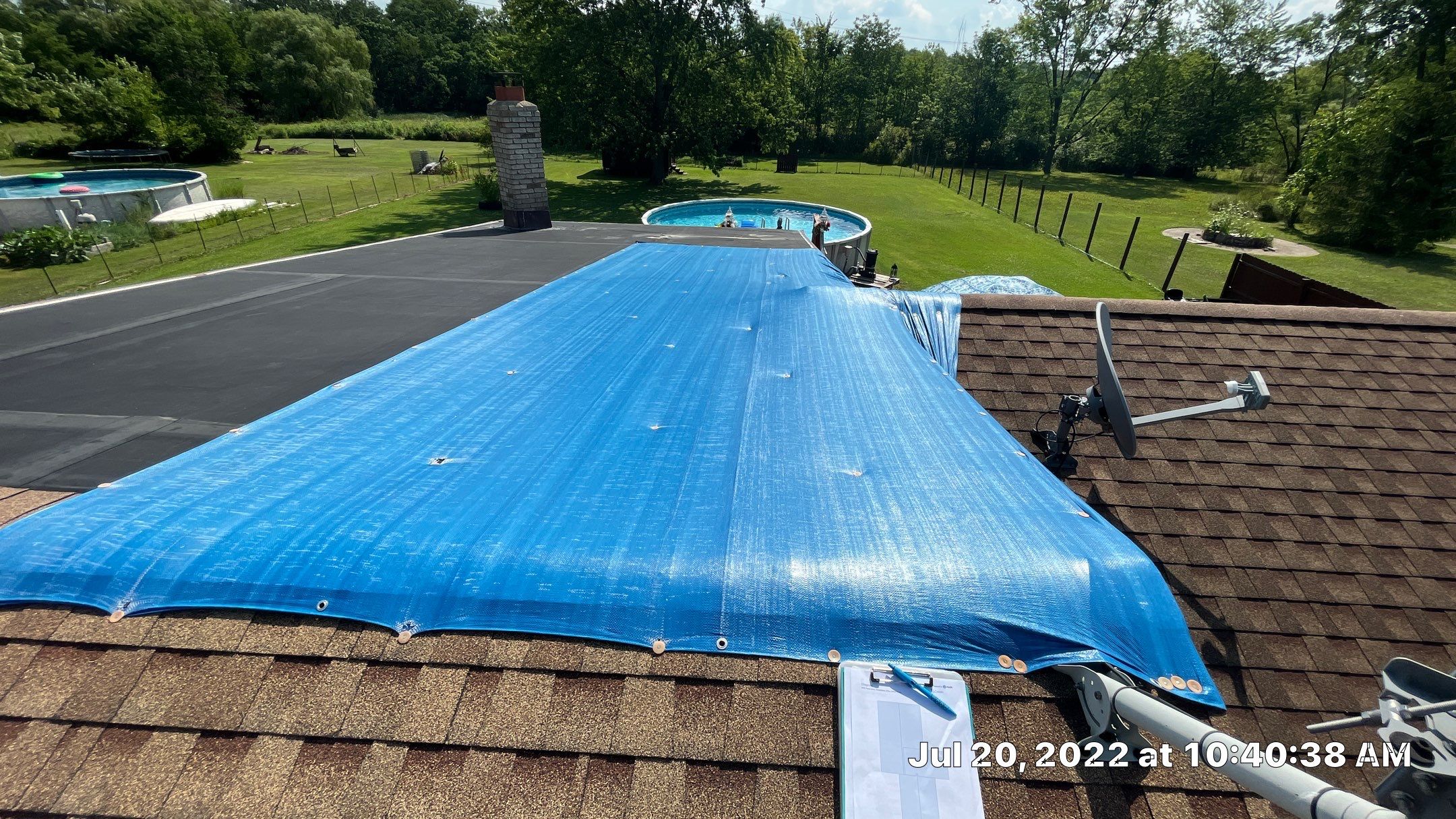
Energy Efficiency
Energy-efficient commercial roofing helps reduce business costs and promote sustainability. This type of roofing is available in a variety of materials, including PVC, TPO and other single-ply membranes. It also helps reduce energy waste, creating a healthier environment for building occupants.
Commercial buildings consume large amounts of energy to heat and cool the building, so the proper roof should help regulate indoor temperatures. A cool roof will reflect sunlight, rather than absorbing it, which can cut down on the amount of energy needed for air conditioning.
Additionally, installing green roofs, which involve adding vegetation to a waterproof membrane, can improve a building’s insulation and reduce energy usage. This type of roof can also help a business qualify for energy efficiency tax rebates. Other ways to lower energy consumption include reducing the use of electric lighting and choosing lighter interior wall colors. This can help save on electricity bills and reduce the amount of greenhouse gas emissions.
https://www.google.com/maps?cid=9867860538458984182
Author
-
With more than 16 years of hands-on experience, Phillip Schmucker is the knowledgeable owner of Pally Roofing. His dedication to superior roofing services has earned him a reputable place in the industry. Phillip also shares his extensive expertise through writing, providing readers with practical tips and professional advice on various roofing topics. Follow him on LinkedIn.
View all posts


